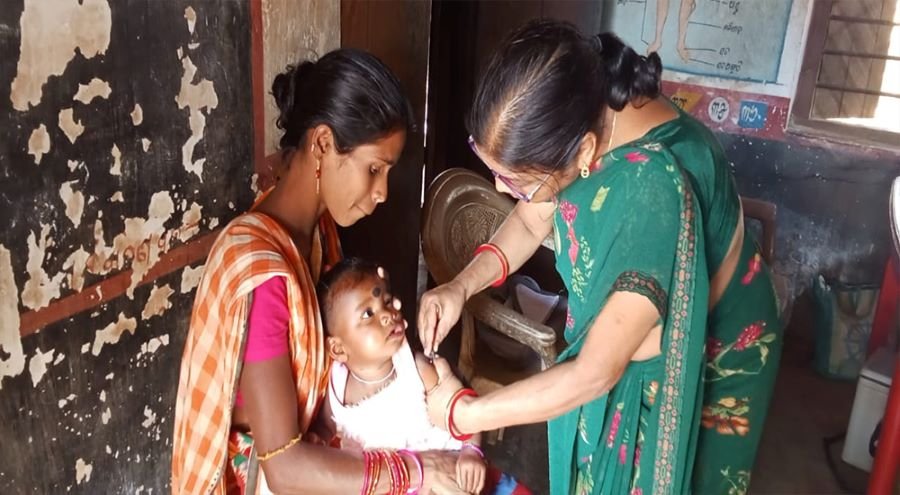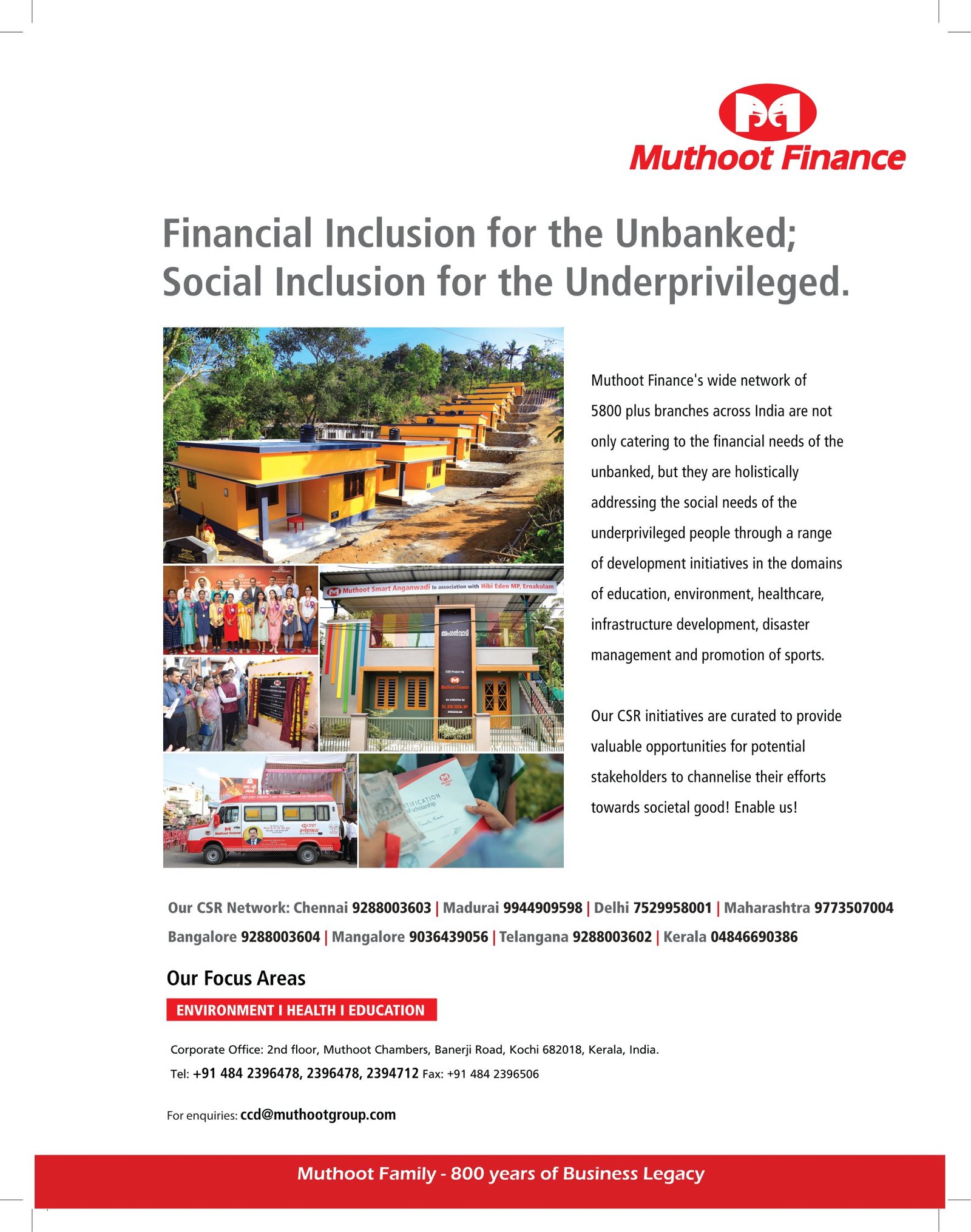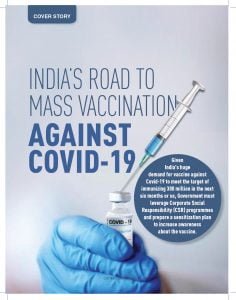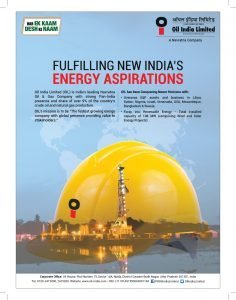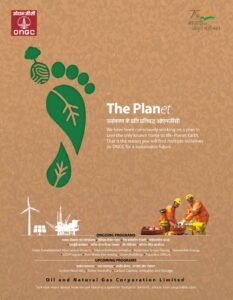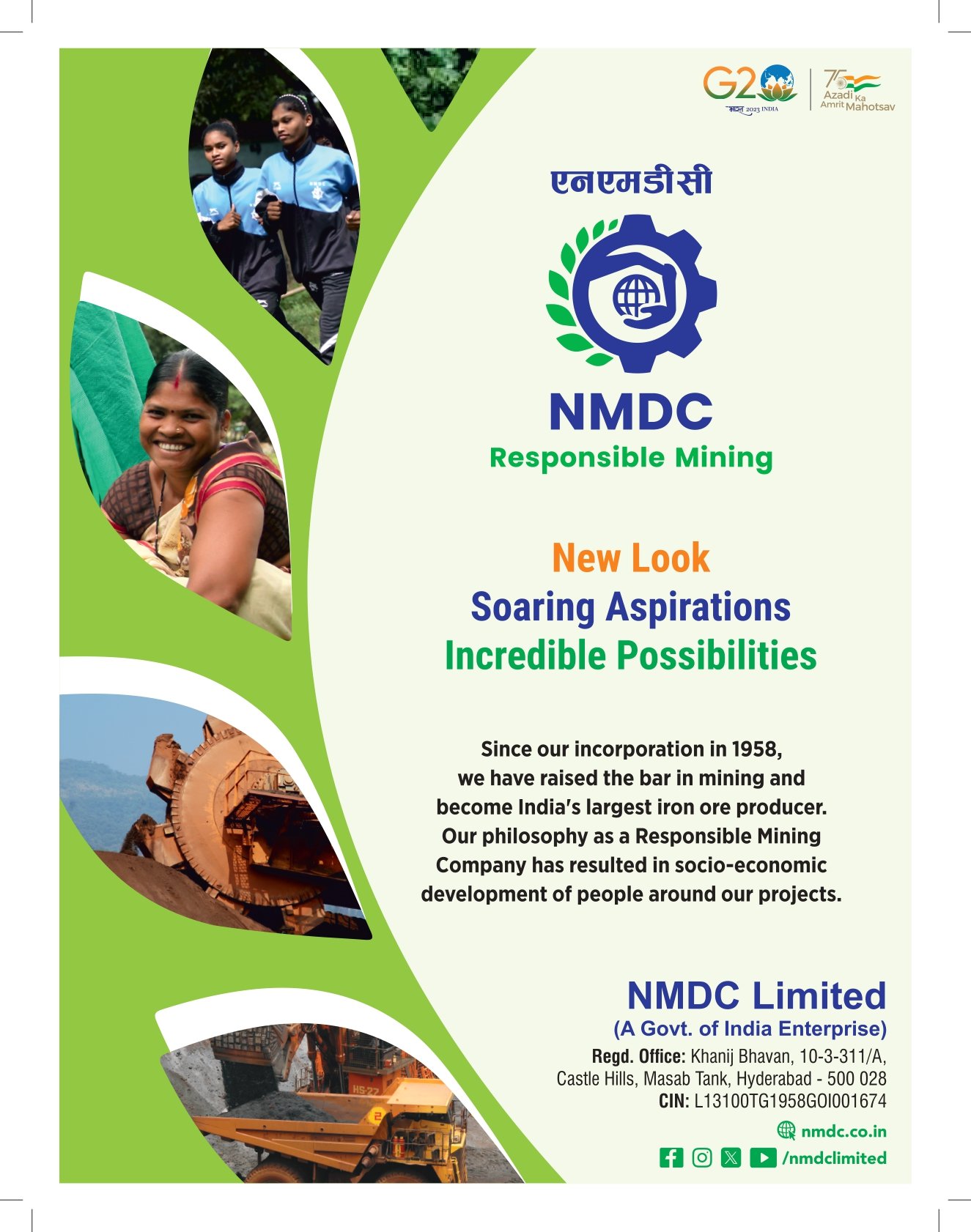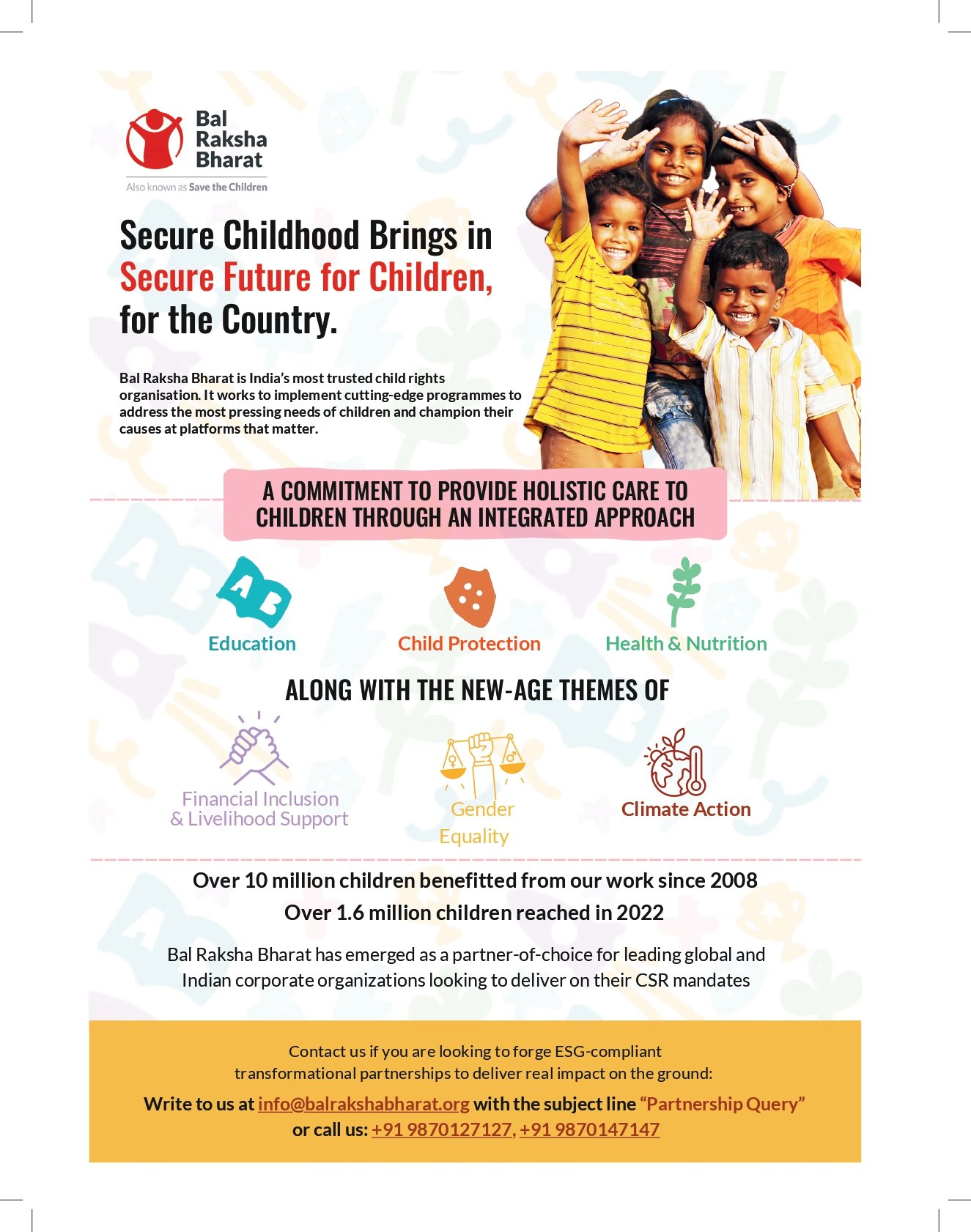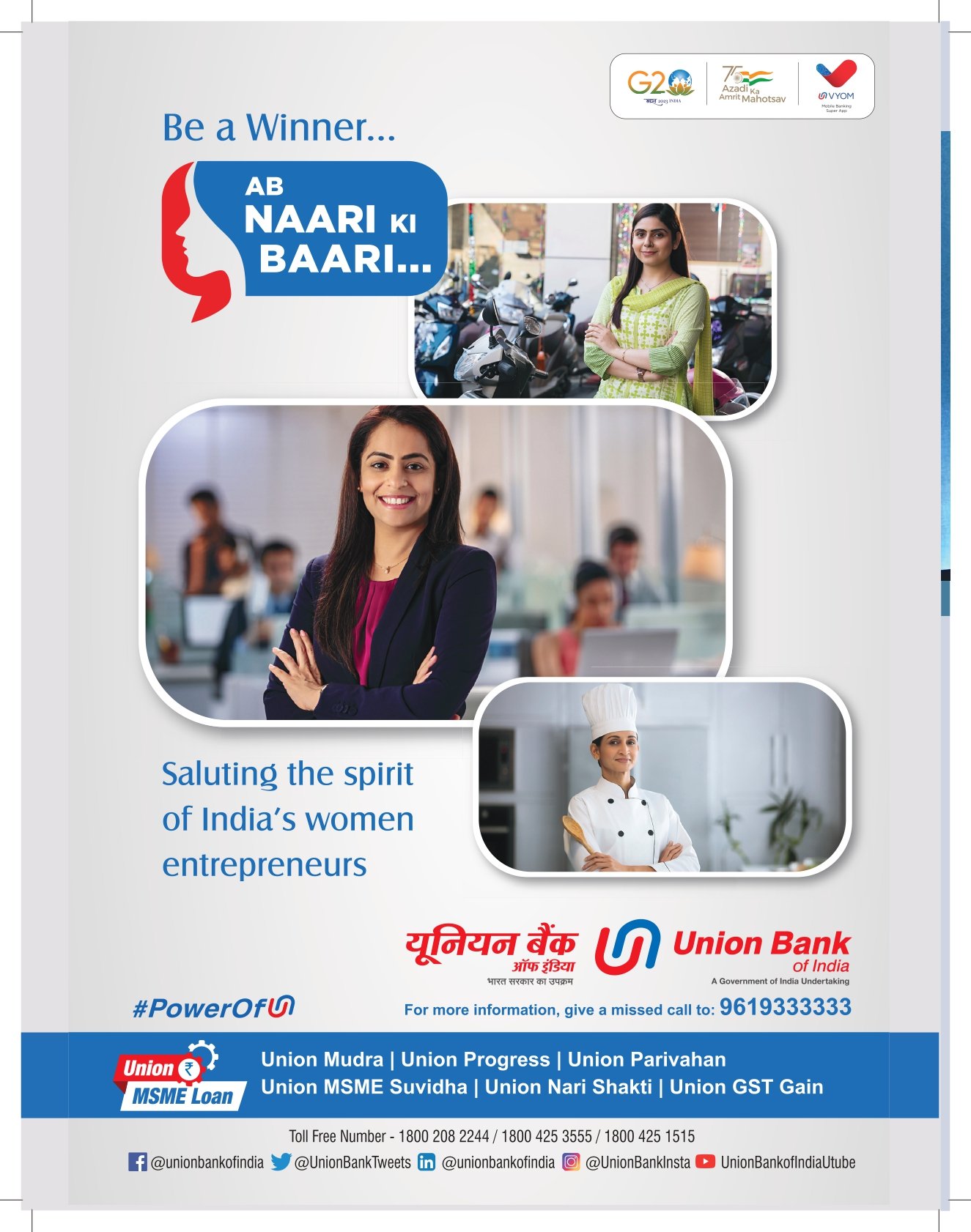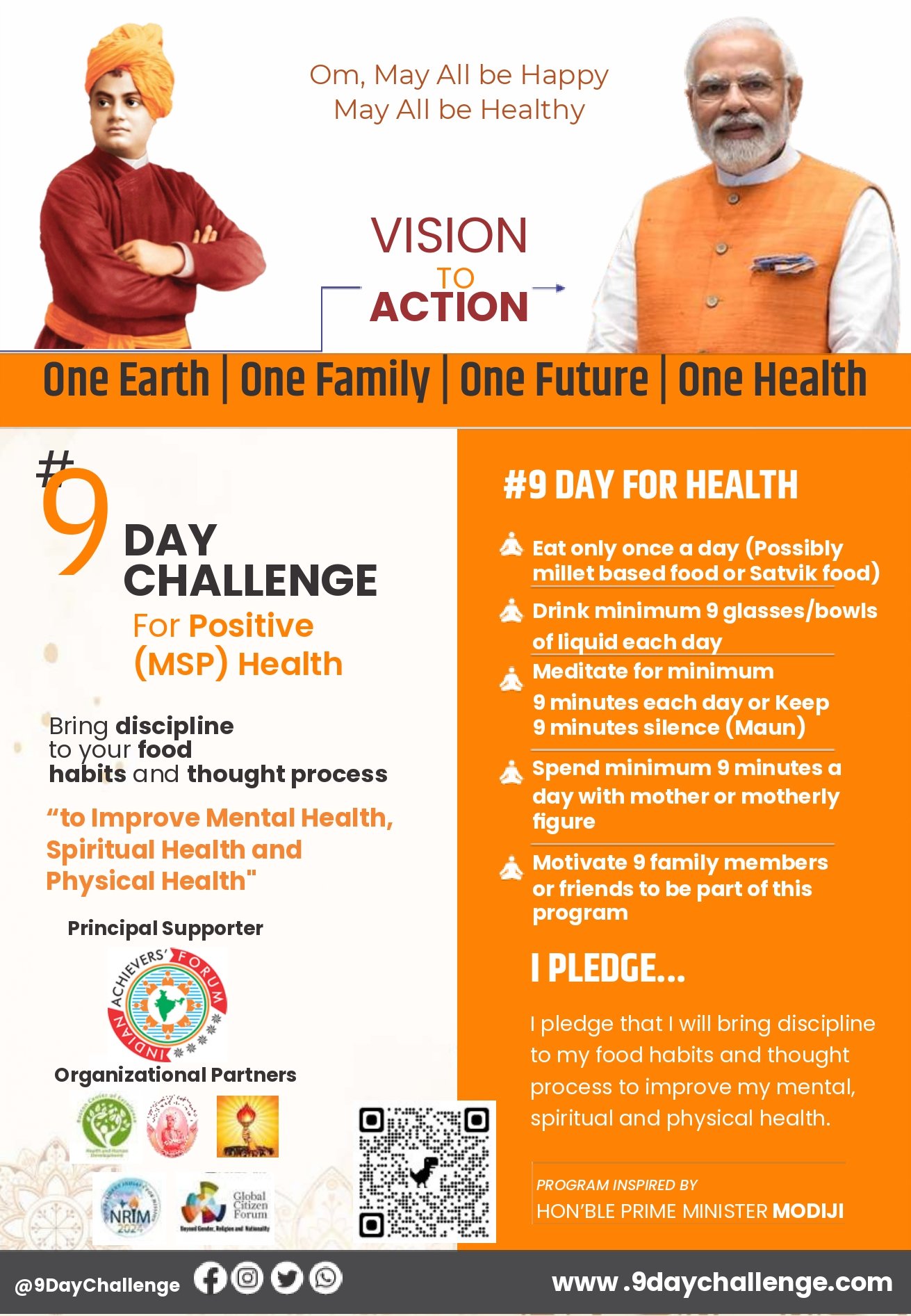As we approach another Women’s Day, it’s crucial to reflect not only on the progress we’ve made but also on the challenges that persist in achieving true gender equality. According to the Human Development Report 2024, India has made some progress, climbing 14 ranks in the Gender Inequality Index. However, despite ranking 108th out of 193 countries with a score of 0.437, a closer look at the 2024 Global Gender Gap Report by the World Economic Forum paints a different picture—India ranks 129th out of 146 countries, slipping two places from the previous year. The global gender gap is 68.5% closed, while India has only managed to close 64.1% of its own gap.
This is just one of the many gaps. The 2024 United Nations Sustainable Development Report highlights a persistent global gap in SDG 5: Gender Equality. While India’s overall SDG performance is edging closer to the global average, gender equality remains a significant concern. Despite incremental improvements, India is far from being on track to achieve gender equality by 2030.

India’s performance in SDG 5: Gender Equality is not only below the global average but also lags behind low-income countries, as well as nations in the Middle East and North Africa. Placed in the “Major Challenges Remain” category—alongside countries like Afghanistan, Central African Republic, Somalia, Chad, and Yemen—it underscores a bleak reality.
The SDG India Index by NITI Aayog has consistently shown SDG 5 among the lowest-performing indicators since 2018, highlighting that policy initiatives, while present, have not had the desired impact. This raises essential questions: Are we doing enough to recognize and address gender inequality? And, more importantly, are these issues receiving the media attention they deserve?
To explore this, we analyzed the discourse on gender equality in business dailies using the SCORE (Sustainability Content Occurrence and Relevance Evaluation) Index, developed by the Centre of Excellence for Sustainable Development at the Great Lakes Institute of Management, Gurgaon, in collaboration with IndiaDataHub. The SCORE Index tracks the presence of sustainability issues in leading business newspapers, providing insights into the frequency and depth of SDG coverage.
The methodology involves identifying SDG-related terms, assigning weights based on relevance, and measuring their occurrence using advanced technologies like natural language processing and optical character recognition. The final SCORE Index is derived by normalizing term frequencies against the total word count of the newspaper, providing weekly insights across all 17 SDGs.
Our analysis found that while SDG 5 is not the least discussed SDG, it ranks among the lowest. We identified another gap, a “gap in discourse” with discussions on gender equality falling behind the average number of discussions on all 17 SDGs.
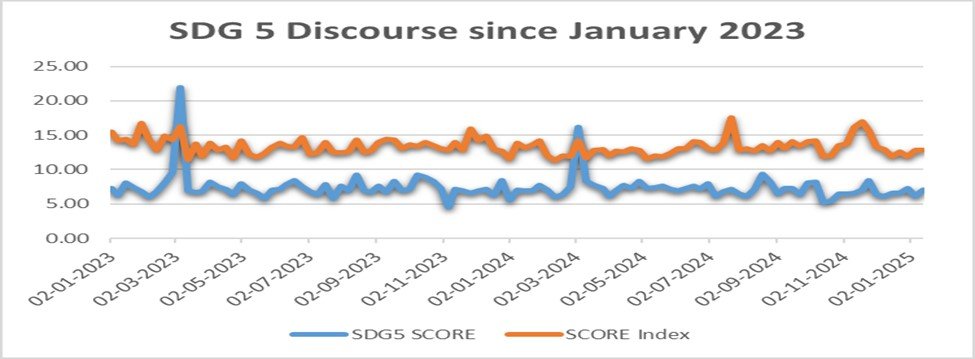
Interestingly, discourse peaks around Women’s Day in March, pointing to a seasonal focus rather than sustained engagement. In 2024, aside from Women’s Day, the highest levels of SDG 5 discourse occurred during Raksha Bandhan in August, the International Day for the Elimination of Violence Against Women in November, and a May discussion around Deloitte’s “Women @ Work” report. Similarly, in 2023, significant spikes in discourse were seen around Kerala Tourism’s collaboration with UN Women in March, economist Claudia Goldin’s Nobel Prize win for her work on women’s workforce participation in October, and Prime Minister Narendra Modi’s Independence Day speech on women-led development. These examples suggest that media attention on gender equality is reactive, rather than proactive, often driven by specific or exogenous events rather than an ongoing, consistent commitment to the issue.
We also analyzed two years of data regarding the sentiments of the discourse. The lexicons of the SCORE Index are categorized as ‘Positive’, ‘Negative’, or ‘Neutral’. For example, phrases such as ‘gender equality’ convey a ‘Positive’ sentiment, while terms like ‘gender disparities’ are classified as ‘Negative.’ Terms like ‘women,’ being neutral, do not imply any specific sentiment on their own.
The sentiments regarding SDG 5 in the SCORE Index show higher positive sentiment values due to greater weight. However, when we proportionally analyzed the sentiments—by normalizing each term’s value against the average of all sentiment terms (negative terms against the average of all negative terms and positive terms against the average of all positive terms)—we found that overall negative sentiments are marginally higher. In 2023 negative sentiments were marginally higher than positive sentiments and in 2024 positive sentiments were marginally higher than negative sentiments. The sentiment analysis of SDG 5 discourse revealed an increase in positive discussions in 2024. However, after mid-August, a shift towards negative sentiment was observed, peaking on August 26th—Women’s Equality Day in the United States. While the U.S. celebrated the occasion, Indian media was dominated by reports on the RG Kar Rape-Murder case. This divergence highlights endogenous events, such as gender-based violence, fueling negative narratives.


Similarly, in 2023, negative sentiments spiked in December, largely due to the controversy surrounding the Wrestling Federation of India (WFI). Protests erupted as female athletes resigned and returned their awards, opposing the appointment of Sanjay Singh, a close associate of Brij Bhushan Singh, who had been accused of sexually harassing women wrestlers. This incident, followed by the suspension of the newly elected WFI board, intensified negative discourse on SDG 5.
The data underscores a troubling reality—while exogenous events momentarily elevate discussions on gender equality, endogenous incidents are usually related to gender-based violence which drive negative discourse.
To truly advance gender equality, discussions must extend beyond symbolic occasions like Women’s Day. Business dailies play a crucial role in shaping public and policy discourse, and they must integrate gender-related issues into their regular reporting. Achieving SDG 5 requires not only policy interventions but also a media-driven shift that ensures gender equality remains a consistent, year-round conversation, rather than a fleeting topic driven by seasonal events.









